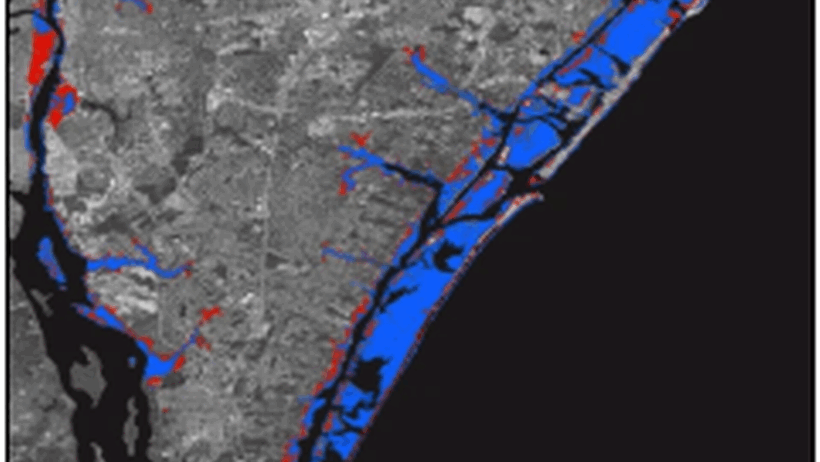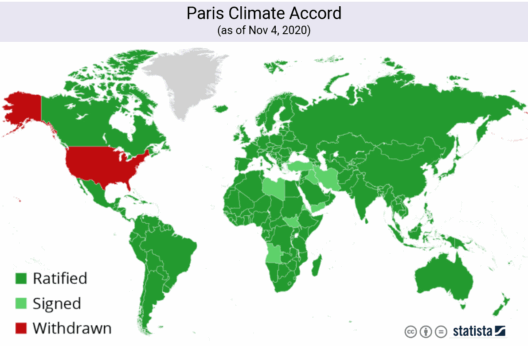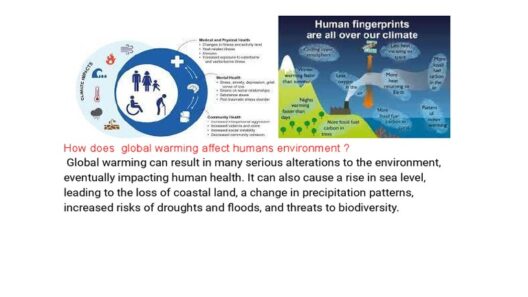Coastal regions are on the front lines of the climate crisis, bearing witness to the stark realities of climate change as rising seas encroach upon vast swathes of land. This phenomenon, driven by global warming, is reshaping not only geographical landscapes but also the very essence of cultural and natural habitats. From the bustling shorelines of California to the serene beaches of the Carolinas, coastal areas face an unprecedented threat that demands urgent attention and action.
Understanding Sea Level Rise
Sea level rise is primarily driven by two factors: thermal expansion of seawater as it warms and the melting of glaciers and ice sheets. As the planet’s temperature escalates due to greenhouse gas emissions, ocean water expands, leading to higher sea levels. Moreover, the melting of the Greenland and Antarctic ice sheets injects vast quantities of freshwater into the oceans, exponentially accelerating this rise. Current projections illustrate that sea levels could rise by one to two feet by 2050 and potentially three to six feet by the end of the century if rigorous action is not taken.
Impacts on Coastal Ecosystems
The implications of rising tides are catastrophic for coastal ecosystems. Coastal regions house a myriad of unique habitats, including salt marshes, mangroves, and coral reefs, all of which serve as crucial buffers against storm surges and erosion. As water encroaches, salinity levels alter, threatening freshwater species and disrupting the delicate balance fostered in these ecosystems. For instance, mangrove forests, which are significant for carbon sequestration and coastal protection, face inundation, leading to habitat loss for countless species and diminishing biodiversity.
Human Displacement and Economic Consequences
The danger that rising seas pose to human settlements is staggering. Millions are at risk of displacement as their homes become uninhabitable. Coastal cities like Miami, New Orleans, and New York are experiencing “sunny day flooding,” where high tides breach seawalls and overwhelm drainage systems, rendering streets impassable. This flooding exacerbates existing inequities as marginalized communities are often the hardest hit, with limited resources to adapt or relocate. Economic ramifications are equally dire; the loss of property and livelihoods leads to decreased tax revenue for local governments, straining already limited public resources.
Infrastructure Vulnerability
Critical infrastructure such as roads, bridges, and utilities are particularly vulnerable to the relentless advance of the sea. The costs to retrofit, protect, or relocate such infrastructure are astronomical and often prohibitively expensive. For instance, extensive investment will be necessary to construct sea walls, levees, and other forms of flood protection. In some cases, the question of fortifying existing structures versus relocating entire communities must be addressed, a complex quandary with social, economic, and ethical implications.
Adaptation Strategies
As the perils of climate change become an inescapable reality, adaptation strategies are imperative. Communities must engage in sustainable planning that encompasses the whole region. This involves creating robust coastal management policies, incorporating nature-based solutions such as restoring wetlands, and developing comprehensive climate action plans. Environmental restoration not only boosts resilience to rising tides but also promotes biodiversity and strengthens ecosystems.
Community Engagement and Resilience Planning
Engaging local communities in resilience planning is essential. Strategies that empower residents to participate in decision-making processes foster a sense of ownership and pride, cultivating resilience. Educational programs can inform citizens about the implications of rising sea levels and motivate them to take tangible actions, whether through advocating for policy changes or implementing grassroots initiatives that promote sustainability.
Policy Frameworks and International Cooperation
At the policy level, international cooperation is paramount. Climate change knows no borders, and effective responses must be coordinated on a global scale. Agreements like the Paris Accord aim to unify countries in their commitment to combat climate change. Policymakers must prioritize financing for climate adaptation in vulnerable coastal communities by creating accessible funding mechanisms. This will enable regions to invest in necessary infrastructure, resilience efforts, and research to monitor climatic changes.
The Role of Technology in Mitigation
Technological innovation offers a glimmer of hope in the face of coastal inundation. Researchers are exploring avenues to enhance predictions related to sea-level rise through advanced modeling techniques and satellite technology. Sustainable engineering solutions, such as floating architecture and permeable pavements, present opportunities for communities to adapt to the evolving environment. Additionally, renewable energy technologies can decrease reliance on fossil fuels, potentially alleviating the issue at its source.
Final Thoughts
Rising tides bring both challenges and opportunities. As coastal regions continue to grapple with the fallout from global warming, it becomes increasingly evident that immediate and strategic actions are crucial. Collaboration among community members, governments, and scientists is essential for developing innovative solutions to tackle these pressing challenges. Only through collective effort can we hope to safeguard our coastal environments, protect vulnerable populations, and ensure the health of our planet for future generations.








